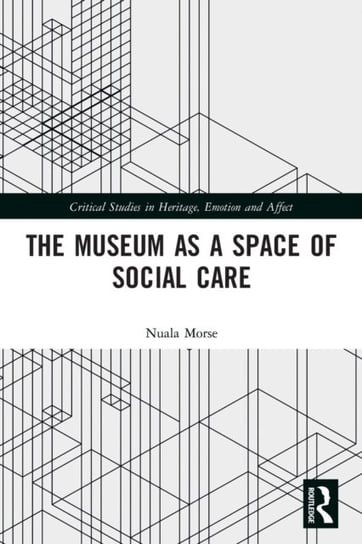
The Museum as a Space of Social Care (2020) Nuala Morse
The immediate value of the text for an aesthetics of care in the context of ecology is the consideration of what the museum can do to impact community wellbeing as opposed to the narrower goal of social inclusion. The specific site of research is the practices of community engagement workers at Tyne & Wear Archives & Museums (TWAM) in the UK. While there is a clear instrumentalising of the museum as a site of social care there is useful attention to both the ethics of care and geographies of care literature. Community engagement “as a practice, […] has primarily focused on how to democratise the museum’s core practices of collection and display” (31). The turn to social care in the Tyne & Wear case study reveal a wider shift in the sector. While my account of the text may make it seem like a manual it is nonetheless critical of the economic and political forces at play. Morse, approaches practices of community engagement in museums through the notion of care. Building on the turn to participation in recent artistic and museum practice new roles for museums to deliver community and social care are outlined.
It is only through concrete engagement practices that the institution can be site of and locus for social care. Accordingly, Morse comes to redefine the vagueness of community engagement in terms of emotional and practical care. The museum is thus conceived as a vehicle of cultural labour in the service of the community. In short Morse argues that the museum can be governed by a wide-ranging logic of care, not only an aesthetics of care, nor a logic of participation. There are clearly risks with such an approach. It can undermine the traditional roles of the museum, and perhaps the museum is not best equipped for such an important role.
Specifically Morse regards: “the constitutive dynamic of community engagement as distance and proximity. At a distance, com-munity engagement is described through ideas of public accountability and becomes a practice of advocacy, rendered through annual report and other institutional statements.” (79)
Attentiveness is part of the dynamic of proximity of community engagement, and emotions permeate all aspects of the sessions. The importance of listening, ‘really listening’, ‘active listening’ and ‘listening until the end of what some-one is saying’ was constantly described by museum staff as a key component of their work. (143)
And
the museum negotiates the dynamics of community engagement through distance and proximity: community engagement at proximity is about working with young people to tell their stories of their place; community engagement at a distance is concerned with balancing different perspectives and public interest, allowing for multiple stories, and attempts at representational equity. (111)
Social care, thus happens at these two registers and in practice this entails being present and listening, not the more glamorous aesthetic of the performance of participation. Morse repeatedly frames successful participation as the product of networks.
Connell Vaughan
TU Dublin
Morse, Nuala. The Museum as a Space of Social Care. London; New York: Routledge, 2020.
